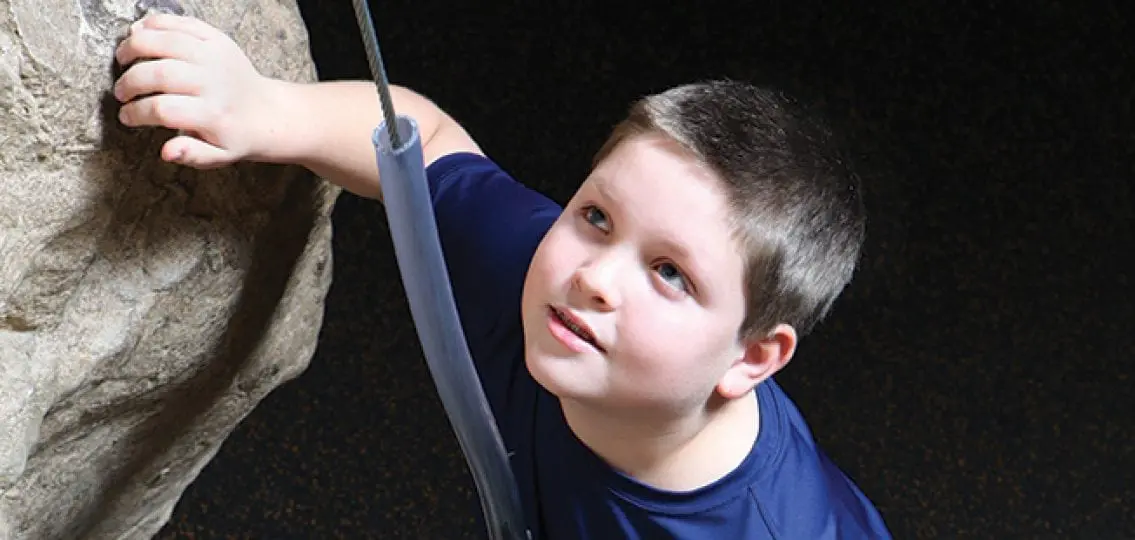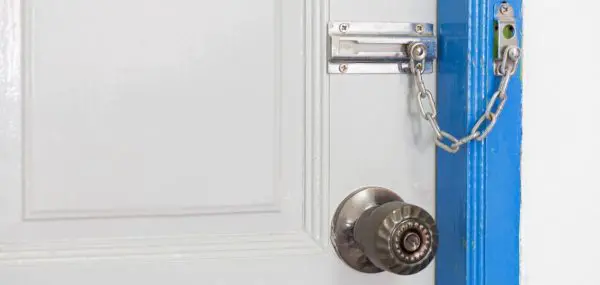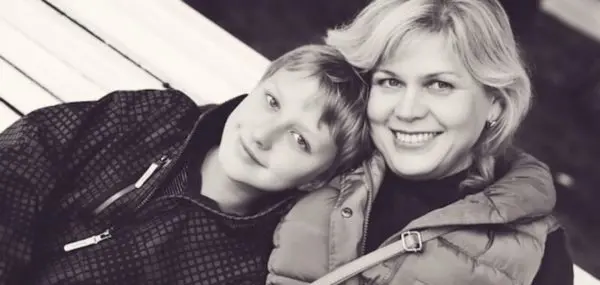As middle schoolers become more social, they may be asking for more freedom—say, to meet several friends at the park or to bike across town to hang out outside the ice cream shop. But are they ready? How can we respect our tween’s adolescent need for independence?

Land of the Free?
When my children were young, we lived in a flat in Singapore. In their spare time, my then 10-year-old daughter and then 7-year-old son were free to roam the apartment complex with the neighborhood kids. And my daughter was allowed to walk down the street with her friends to the shops. They weren’t allowed to go to the pool, and they had to be home for dinner, but otherwise, I trusted them to keep themselves safe.
When we moved back to the U.S. two years later, we still allowed them a lot of freedom—in contrast with most of their friends, whose parents kept a much tighter rein. Our family seemed to be an anomaly.
It wasn’t always this way. “Restrictions on children’s freedom have been increasing over decades to the point of absurdity,” says Peter Gray, Ph.D, research professor at Boston College and author of Free to Learn: Why Unleashing the Instinct to Play Will Make Our Children Happier, More Self-Reliant, and Better Students for Life.
“Part of childhood is getting into trouble and figuring out how to get out of it. It’s been part of childhood throughout human history until recent times,” Gray says.
Children now are more or less monitored and directed by adults all the time, with little privacy or opportunity to explore and learn how to take care of themselves, says Gray. He adds that the world is no more dangerous than it was in the past, but we’ve become sensitized to it. We’ve developed a moral judgment that a parent is negligent if they aren’t watching their child all the time.
Catherine Pearlman, Ph.D., a family coach and author of IGNORE IT!, has seen 5- to 8-year-old kids in other countries caring for young children, making meals, and herding cattle.
“The only difference is the way they were raised,” Pearlman says. “Kids have a lot of capacity for freedom and independence, but they have to be taught how to do things and how to be responsible.”
Better Late than Never
Parents who didn’t grant their middle schoolers many freedoms in younger years can do so now—with the caution that we may need to help them ease through fears.
“What has happened now is that kids have a lot of anxiety about getting some additional freedom,” Pearlman says. “Some kids are so ready to go. But other kids are really anxious about having freedom. They’ve never had it, and they’ve been told the world isn’t safe.”
She says a parental mindset shift—towards knowing that kids are very capable—can be helpful.
What to Consider Before Allowing More Freedom
Pearlman suggests taking the following four assessments into consideration when granting your preteen new freedoms, especially for kids who have been sheltered in the past.
1. Maturity
What is the child able to do independently? Build on what they are already doing. If you have a kid who isn’t packing their lunch or walking out of their neighborhood, they are only ready for small freedoms.
2. Conscientiousness
Are they a rule follower? Can you count on your preteen to comply with your expectations of safety and responsibility when they’re not being supervised?
3. Challenges
Are there any mental health, developmental, or learning challenges? If your child has, for example, ADHD, anxiety, or autism, that should also be considered. Chronological age doesn’t necessarily mean your child’s ready.
4. Willingness to learn
Will your kid ask for help if they need it? Kids will make mistakes. You want to feel confident that they are able to say, “I don’t know what I’m doing; I need help,” and that you have created an environment where that’s acceptable.
Parent support can help inexperienced kids. “We need to start earlier and in smaller ways. By a certain age a child should be able to walk the dog down the block and back. They should be able to ride a bicycle to a friend’s house,” Gray says. He adds that the first few times the parent might watch or go with a young child.

Ultimately, no matter what age parents start granting more freedom, the momentum must be towards independence. “Children are children as long as there’s an adult around,” Gray says.




